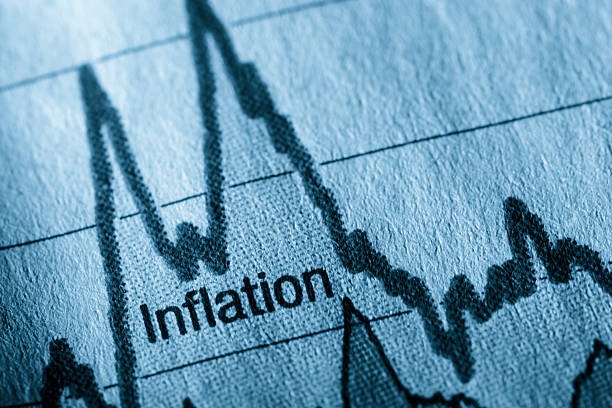The Federal Reserve’s key inflation measure rose more than expected in February, while consumer spending also showed slower-than-expected growth, according to a report from the Commerce Department on Friday.
The core personal consumption expenditures (PCE) price index increased by 0.4% for the month. This was the biggest monthly gain since January 2024. As a result, the 12-month inflation rate hit 2.8%, higher than the 2.7% forecast by economists surveyed by Dow Jones.
Core inflation excludes volatile food and energy prices, making it a better indicator of long-term inflation trends. In the all-items measure, the price index rose by 0.3% month-over-month and 2.5% year-over-year, both of which were in line with expectations.
At the same time, consumer spending grew by 0.4%, which was below the 0.5% forecast. Personal income rose by 0.8%, exceeding the 0.4% estimate.
The release of the data caused stock market futures to briefly dip, as well as Treasury yields to fall.
The Federal Reserve focuses on the PCE inflation reading because it adjusts for changes in consumer behavior. The PCE measure places less emphasis on housing costs compared to the Labor Department’s consumer price index. Shelter costs, a persistent contributor to inflation, rose 0.3% in the PCE index.
Ellen Zentner, chief economic strategist at Morgan Stanley Wealth Management, commented, “It looks like a ‘wait-and-see’ Fed still has more waiting to do. Today’s higher-than-expected inflation reading wasn’t exceptionally hot, but it isn’t going to speed up the Fed’s timeline for cutting interest rates, especially given the uncertainty surrounding tariffs.”
The report also showed that goods prices rose by 0.2%, driven by a 0.5% increase in recreational goods and vehicles. Gasoline prices offset some of the overall increase, falling by 0.8%. Services prices also grew by 0.4%.
The data indicated that households are becoming more cautious with their spending. The personal savings rate rose to 4.6%, the highest level since June 2024.
As markets remain on edge, the threat of President Trump’s tariffs is looming. The concern is that these tariffs could exacerbate inflation at a time when the data was showing slow but steady progress toward the Fed’s 2% inflation goal.
After reducing interest rates by a full percentage point in 2024, the central bank has held rates steady this year. However, recent comments from officials suggest increasing concern over how Trump’s tariffs might impact inflation. Economists typically view tariffs as one-off events that don’t result in long-lasting inflation. However, the broad scope of Trump’s tariffs and the potential for a global trade war could change the dynamics of inflation in the U.S.
As the situation unfolds, economists and investors alike are waiting for further signals from the Federal Reserve.






